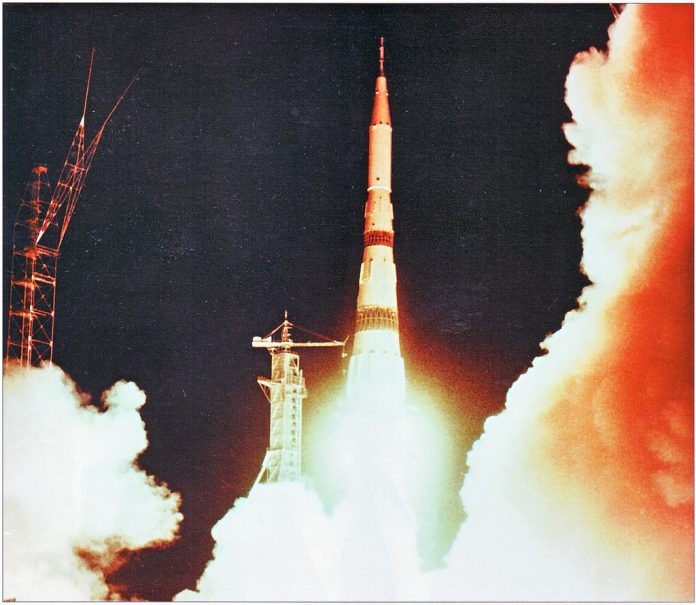
The Soviet N1 rocket was 105 meters high (roughly like the towers of the Zagreb Cathedral) and weighed 2,735 tons (approximately like 6 Boeing 747s filled with fuel). It was even more powerful than the famous American rocket Saturn V, which was used to launch people to the moon.
On July 3, 1969, the largest rocket explosion in history occurred, when the Soviet giant N1 rocket exploded shortly after launch. The engines of the first-stage N1 rocket, as many as 30 of them, gave it the largest thrust of all the rockets ever produced, so that it was more powerful even than the famous American rocket Saturn V with which people were launched to the moon.
The N1 rocket was 105 meters high and weighed 2735 tons. At launch, it was reportedly able to produce a thrust of about 50 megawatts (MN), which is as much as 47% more than American Saturn V. The Soviets intended to use N1 rockets for human missions to the moon, similar to the American Apollo program.
On that day, the N1 rocket, loaded with about 680,000 kilograms of kerosene and 1,780,000 kilograms of liquid oxygen, was launched from the Soviet Baikonur cosmodrome. Already between 5 and 9 seconds after takeoff, an error occurred, when one loose nut fell off and entered the oxygen pump. The automatic control then shut down 29 of the 30 engines and the rocket began to fall back towards the launcher on the ground. Approximately 23 seconds after the engine shut down, the rocket exploded, destroying the launch pad.
If the amount of energy contained in the fuel is calculated, it is obtained that about 29 TJ (terajoules) of energy were released during the explosion, which would correspond to the explosion of 6,930 tons of TNT. So this is roughly similar to a 6.93-kiloton nuclear bomb (for comparison, a bomb dropped on Hiroshima had about 16 kilotons)




